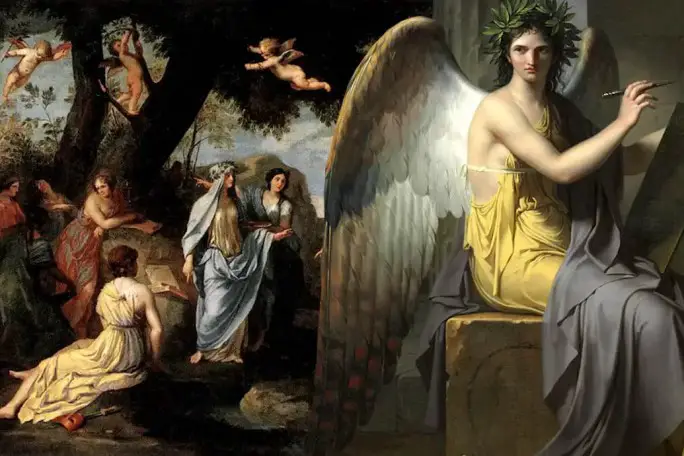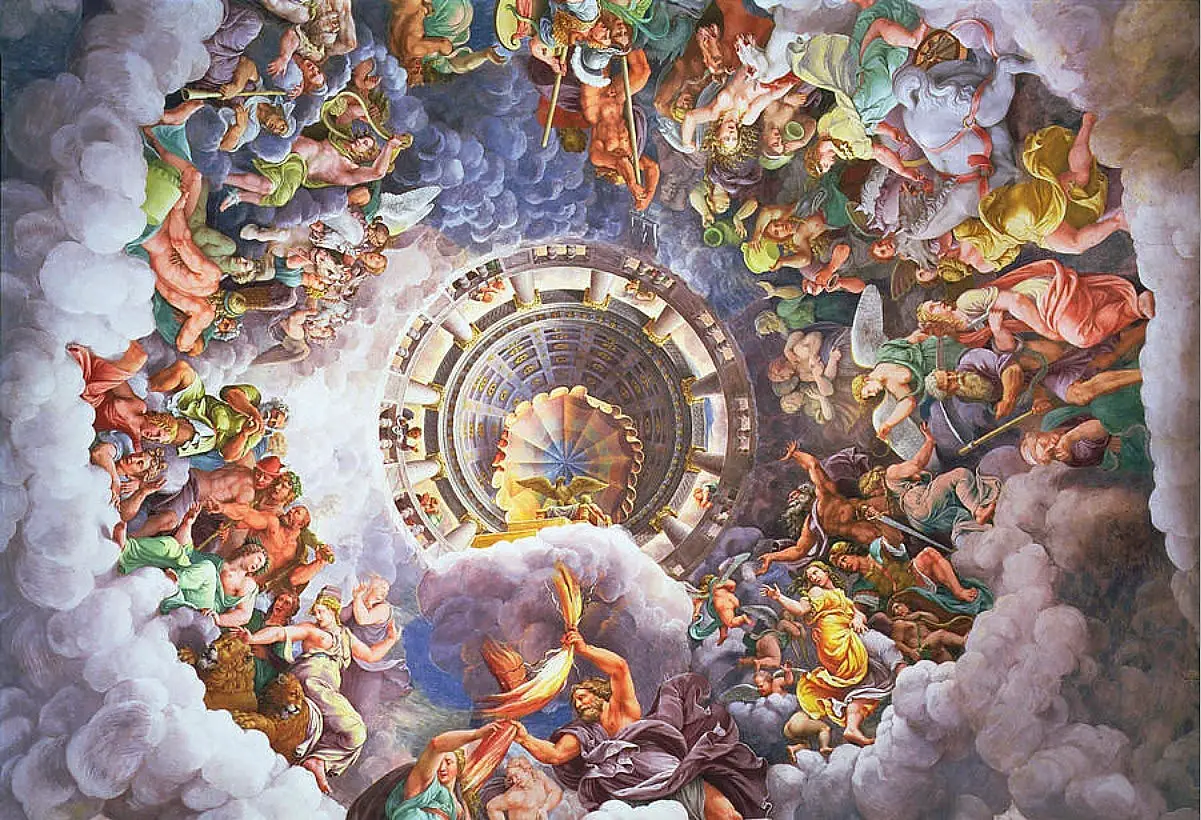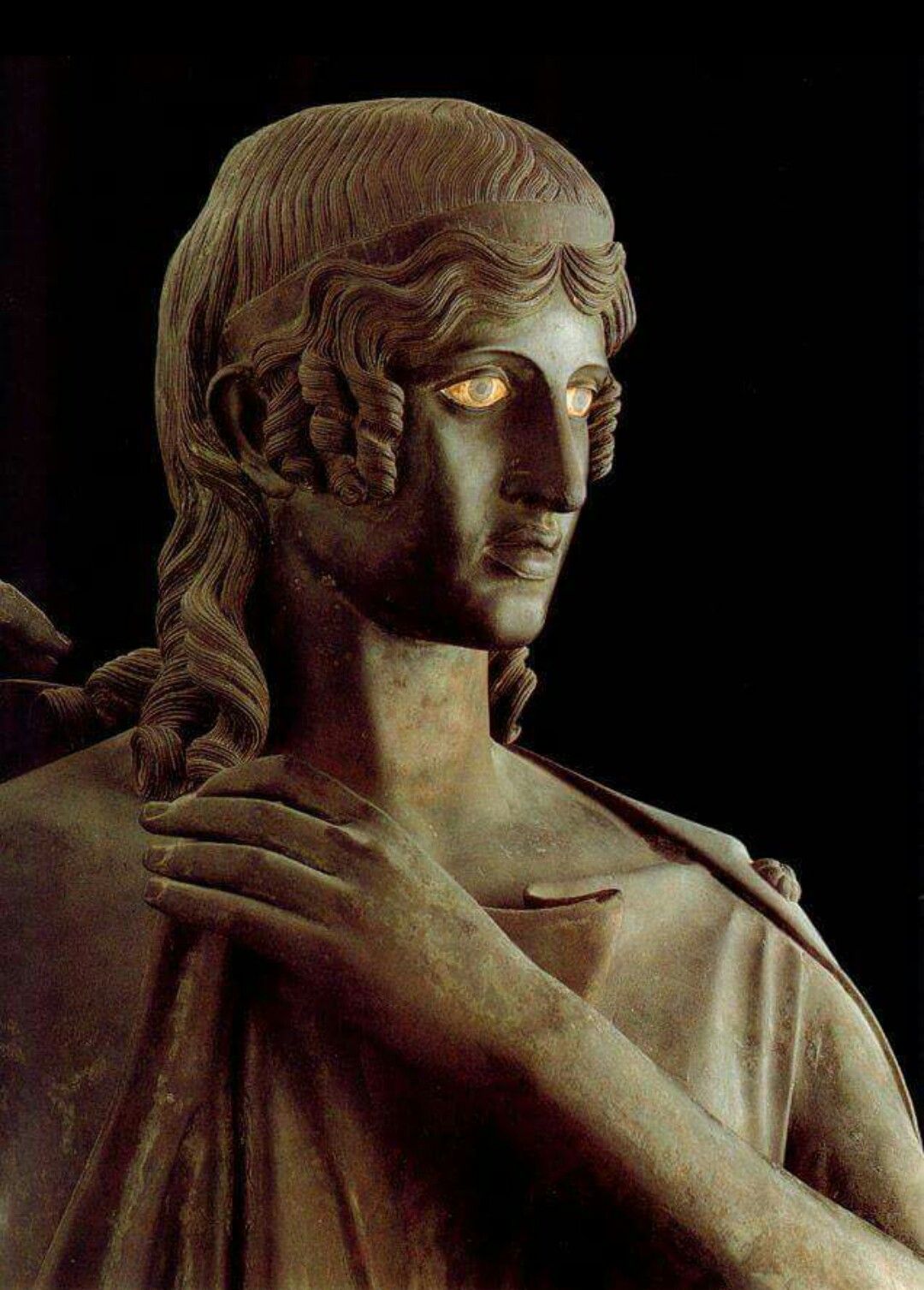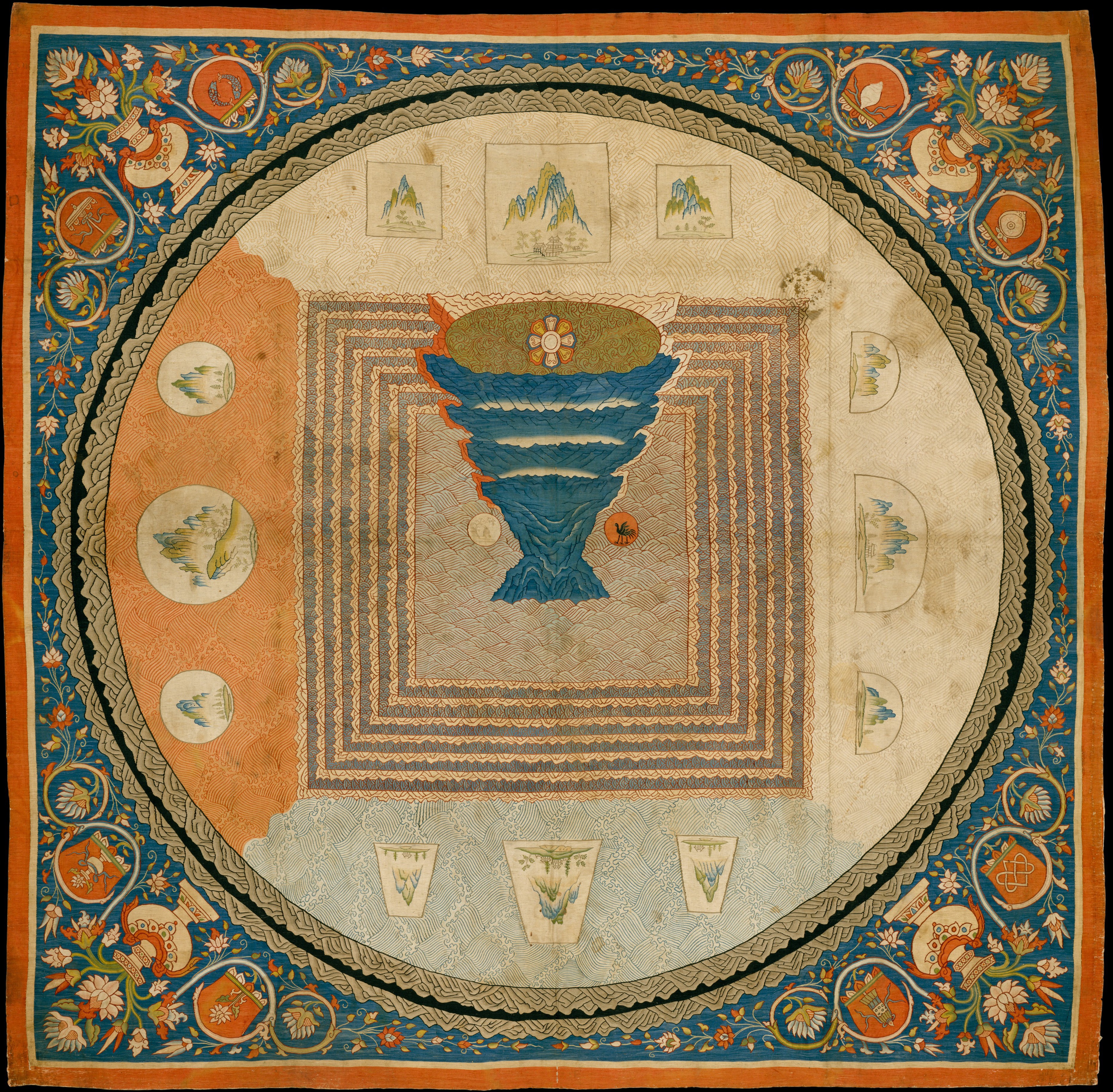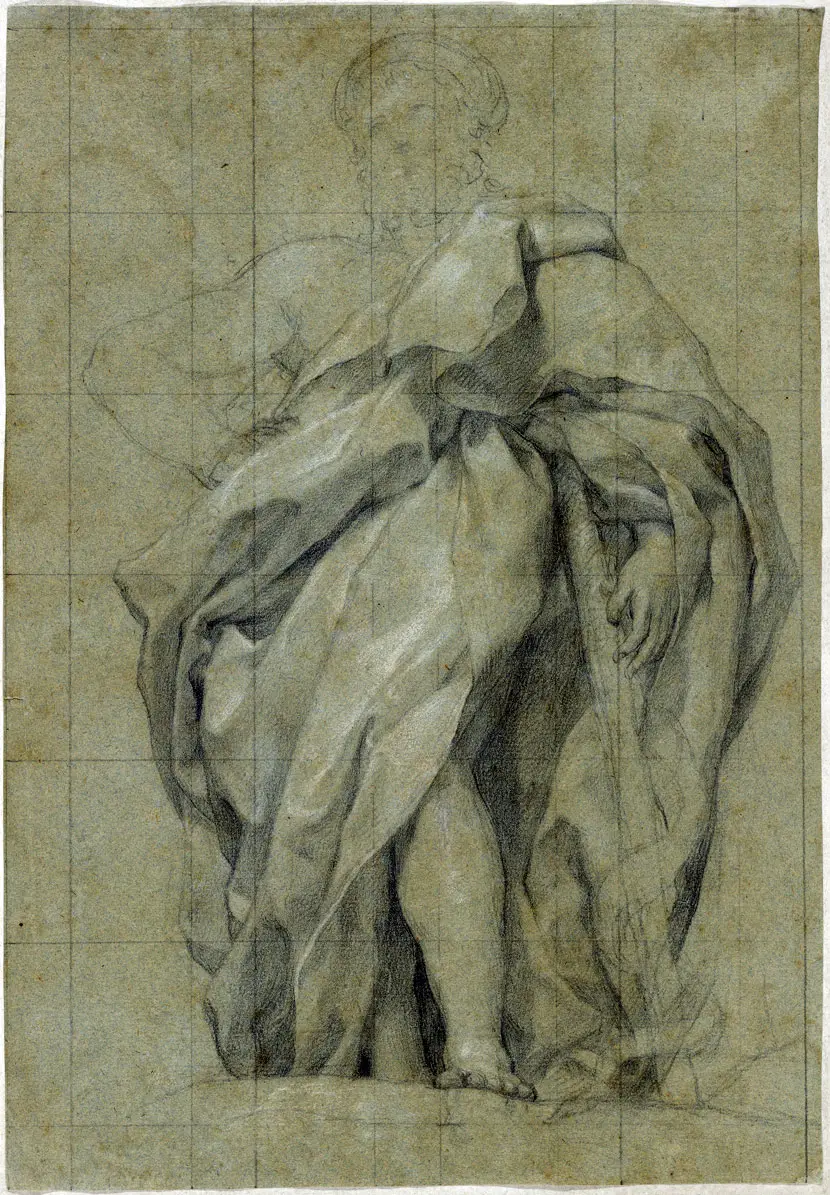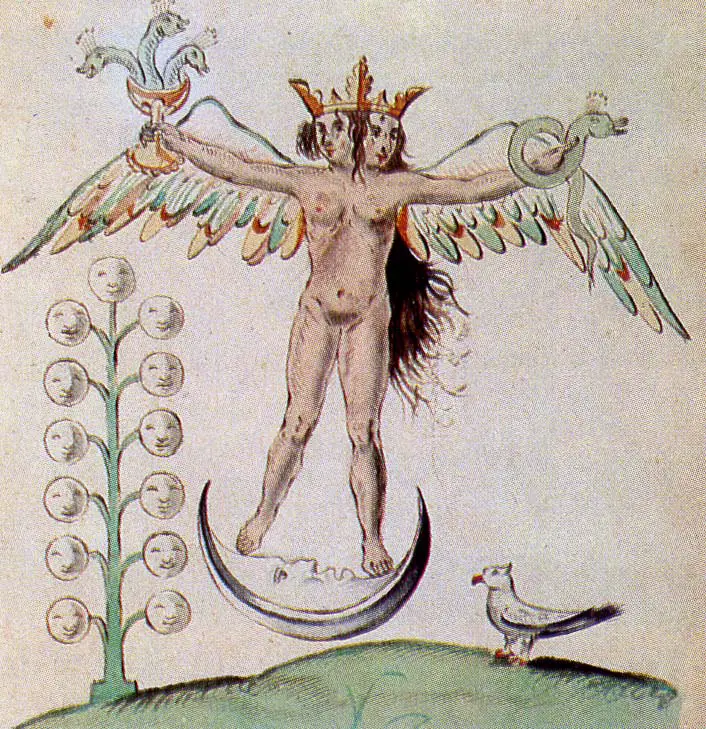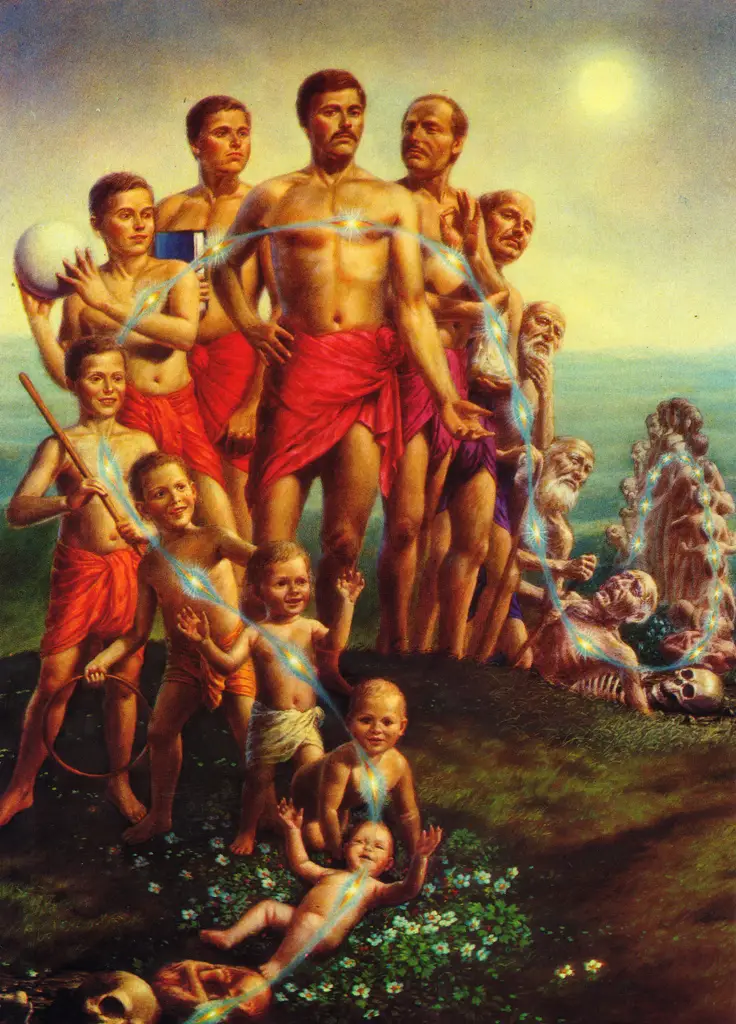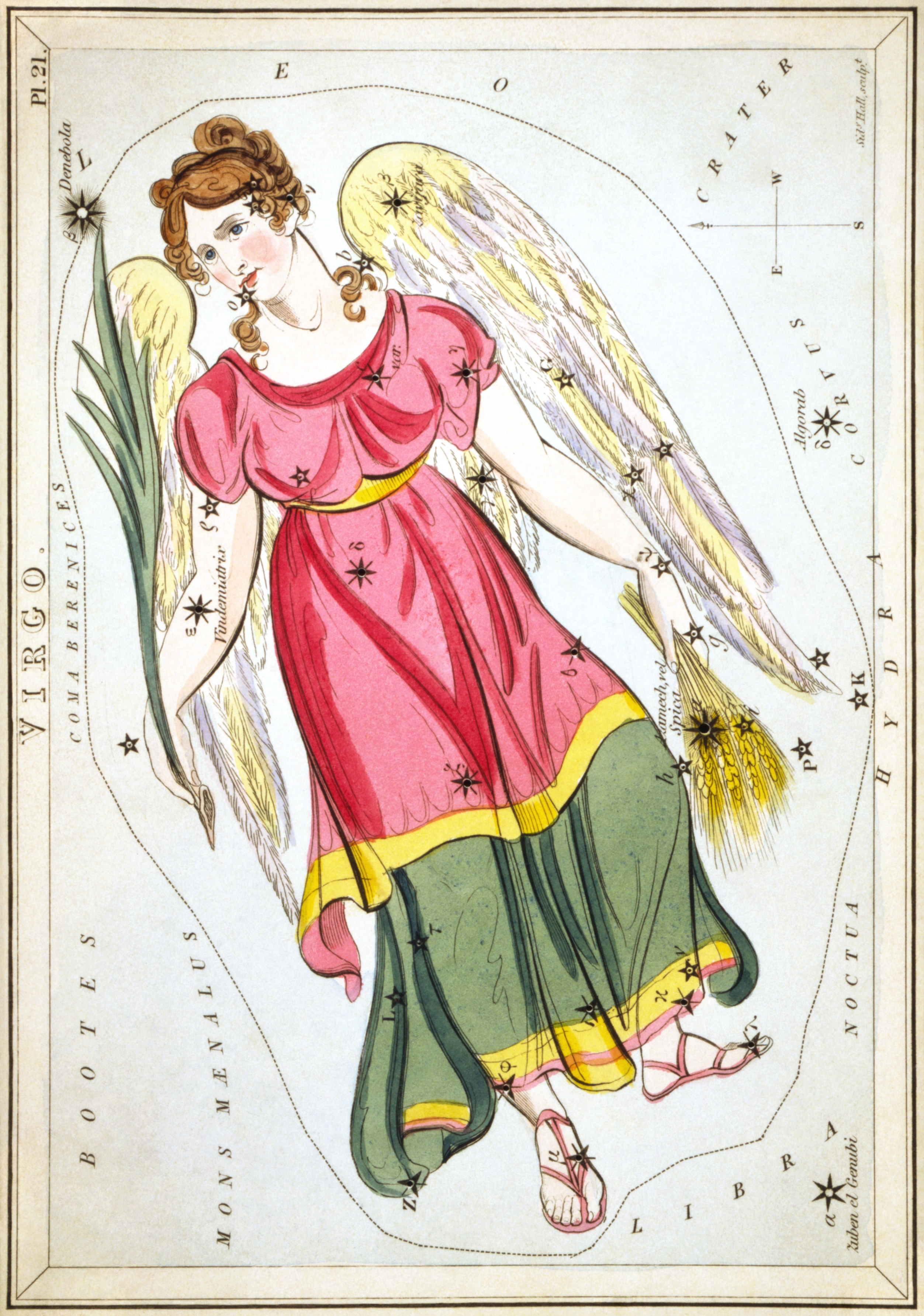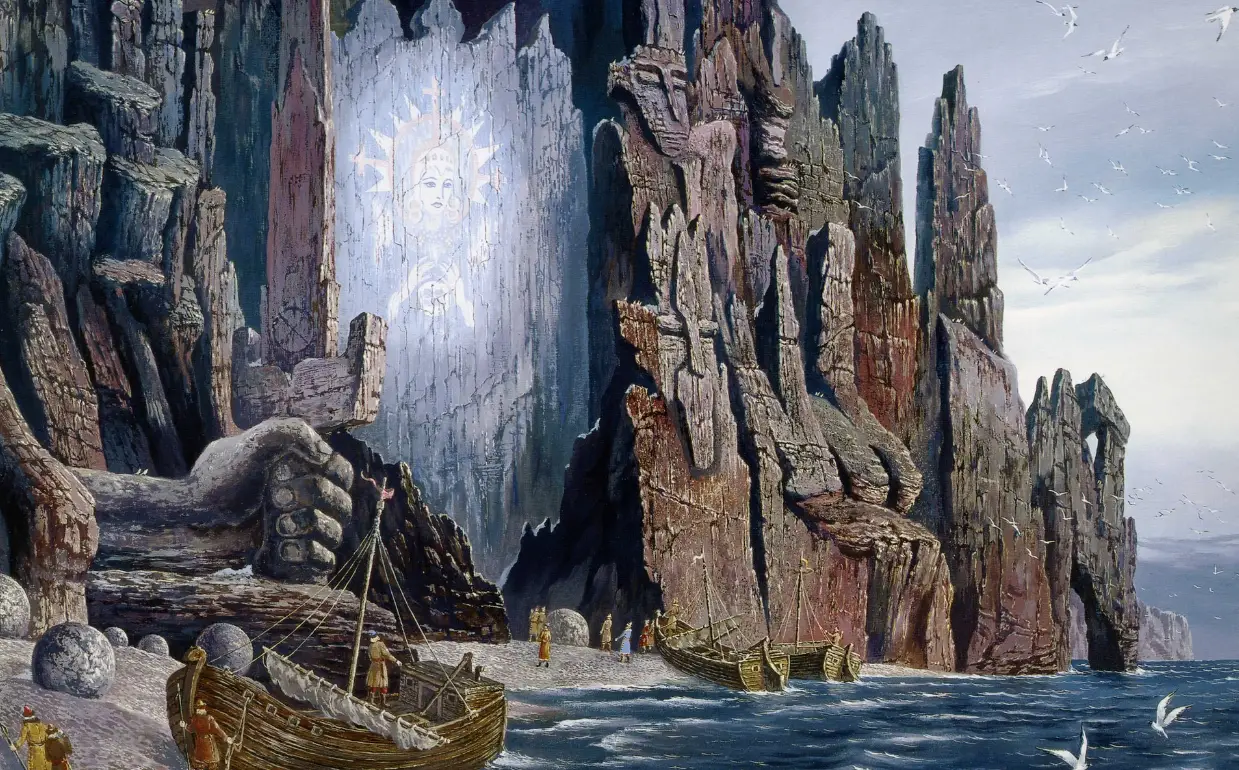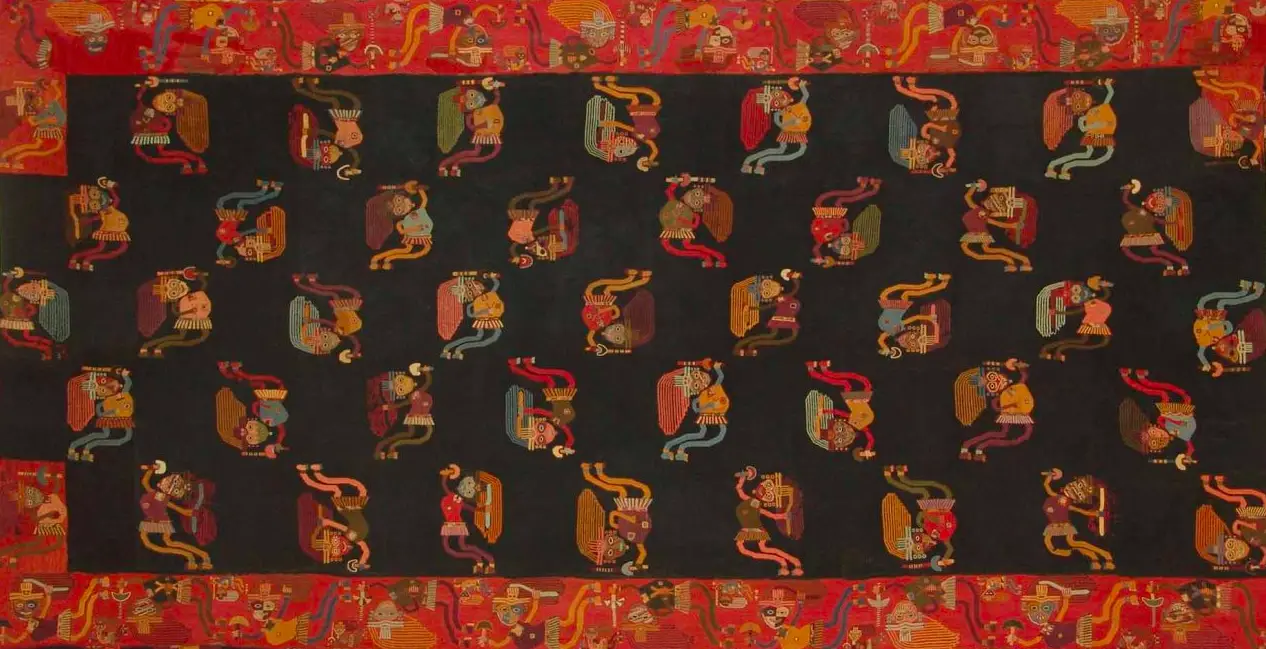Tag: Hesiod
The divine service of the Greeks
The ancient Hellenic religion “lived on the harmonious and reciprocal response of reality and of the divine will. The faith of the Greek man is in the cosmos, in the ordered rhythm of the stars; and the intertwining of their motions can only supervise the god ». The Hellenic conception of the Sacred is in fact based on a dense network of mythical-historical-astrological correspondences, which allows the historian of religions to consider it under various aspects linked to each other: Theogony, esoteric history of the cosmos and human lineages, eschatology of the Mysteries, Hyperborean shamanism.
Mircea Eliade: "Cosmic cycles and history"
"Even within the framework of the three great Iranian, Jewish and Christian religions, which have limited the duration of the cosmos to a certain number of millennia, and affirm that history will definitively cease in illo tempore, there are traces of the ancient doctrine of the periodic regeneration of history »: Very ancient doctrine that Eliade, in his essay“ The myth of the eternal return ”, finds in the Babylonian, Hindu, Buddhist, Germanic and Hellenic tradition.
Apollo the Destroyer: "coincidentia oppositorum" in hyperborean mysticism and eschatology
Although mostly considered in his "luminous" and "uranic" meaning, in the archaic tradition Apollo combines the most extreme dichotomies in his mystical and eschatology: the bow and the lyre, wisdom and "mania", depth and elevation, the catabasis and the journey in spirit to the White Island, the "Fall" of Being and the return of the Golden Age. Starting from ancient sources, we can find similar concepts not only to those of North Asian shamanism and Celtic spirituality, but even to the sacred vision of some modern poets — like Blake, Shelley and Yeats - whose Apollonian chrism will appear clearer to us if we analyze their “Weltanschauung” in the light of the Platonic and Heraclitean doctrines.
Uttara Kuru, the Boreal Paradise in Indian cosmography and art
Giuseppe Acerbi examines the theme of the Boreal Paradise in the Hindu tradition, framing it in the doctrine of cosmic cycles and highlighting its correspondences with the Hesiodic and Platonic tradition, finally analyzing the symbolisms that are found in the artistic representations of this locus amoenus.
The sexual bipolarization, the "feminine" and the advent of human corporeality
In this new appointment of the cycle of articles “Manvantara” we will investigate the cosmological-traditional meaning of the two sexes, as well as the modalities and consequences connected to their differentiation, with particular regard to the human level.
Asclepius: genesis and myth, from hero to god
Genesis of the cult of Asclepius, first a hero-healer and then a divinity of Dream and Medicine in the Hellenic pantheon: from the textile origins to the Homeric and Hesiodic texts.
The Demiurge and the positive possibility: shaping
In this fifth appointment of the "Manvantara" cycle we are going to analyze, after the "negative way of the Demiurge" outlined in the previous article, the specular "positive way": the shaping of man or anthropogenesis.
The Pole, the incorporation, the Androgyne
The mythical traditions from all over the world speak of an auroral golden age in which Man lived "in the company of the gods": this can perhaps be related to creation "in the image and likeness of God" and to tradition of the Platonic primordial Androgynous, homologue of the kabbalistic Adam Kadmon?
The Eternal Man and the Cosmic Cycles
The specificity of man between evolutionary hypothesis and involutionary perspective: immersed in the cycles of the Cosmos, yet perennially equal to himself.
The astronomical significance of the Golden Age: Astrea and the "fall" of Phaeton
di Andrew Casella
cover: Sidney Hall, representation of the Virgo constellation, taken from "Urania's Mirror", 1825)
(follows from Stellar symbolism and solar symbolism)
All the peoples of the world sang of a mythical "first time" of abundance, in which the gods walked the earth and all things were in harmony. The myth of the Golden Age fascinated poets from remote antiquity to the times of the Renaissance. Basically, it was believed to be a time of material wonders, in which the bodily well-being of men was guaranteed by the natural and infinite flow of milk and honey. But are things really as the poets sang? What was the Golden Age really? The poets themselves, on the other hand, have preserved (consciously or not) some revelatory clues to the mystery, which refer, once again, to the celestial vault.
Arctic homeland or "Mother Africa"?
di Michael Ruzzai
cover: Vsevolod Ivanov
Summary of the conference held on Friday 24 February 2017 at Trieste.
After the previous meeting on "The ancient roots of the Indo-Europeans"Of 27/1/2017 also this, which took place thanks to the organization of Daniele Kirchmayer, was introduced by the useful and interesting notes of Fabio Calabrese, who provided a first overview of the issues in question, insisting in particular on strong conformism, ideologically oriented, of current prehistoric research. In fact, as a starting point for the conference, we can certainly say that today the academic world, and also the popular one aimed at a wider audience, is based on two assumptions that tend to present themselves as real "dogmas "Of faith, in truth anything but demonstrated: the" ascending "evolutionism in a more general biological perspective, and the Afrocentrism of human origins in that more specifically concerning our species, Homo Sapiens. We will begin by exposing some points of criticism to these two conceptual a priori and then we will move on to illustrate the more properly constructive elements of the discourse.
The ancient roots of the Indo-Europeans
Scattered notes on the origins and position of our ethnolinguistic family within the framework of traditional history. Summary of the conference held on Friday 27 January 2017 at Trieste.
Pachacuti: cycles of creation and destruction of the world in the Andean tradition
di Marco Maculotti
cover: Paracas culture textiles (coastal Peru)
A central concept in the Andean cosmogonic tradition is the belief in regular cycles of creation and destruction that would initiate and end the various cosmic eras. Time was conceived in a circular way; according to this doctrine, it had only two dimensions: the present (Kay Pasha) which at its end leads to the "ancient time"(Nawpa Pacha), from which we will return again to the present time [Carmona Cruz p.28].
This doctrine, comparable to that of the Indian Yuga and to the Hesiodic one of the ages, is based on a principle of cyclicality that would govern everything in the cosmos and which is called by the Andean tradition pachacuti, literally "a revolution, a procession of space and time". With this term, in the myths, a series of catastrophic events are described that foresee the general destruction of the humanity of the sky and its subsequent replacement with a new humanity - see the myths of origin of Lake Titicaca, in which it is said that Viracocha exterminated a previous race of giants with the flood or with a rain of fire to then create a subsequent humanity, the current one [cf. Viracocha and the myths of the origins: creation of the world, anthropogenesis, foundation myths].

